
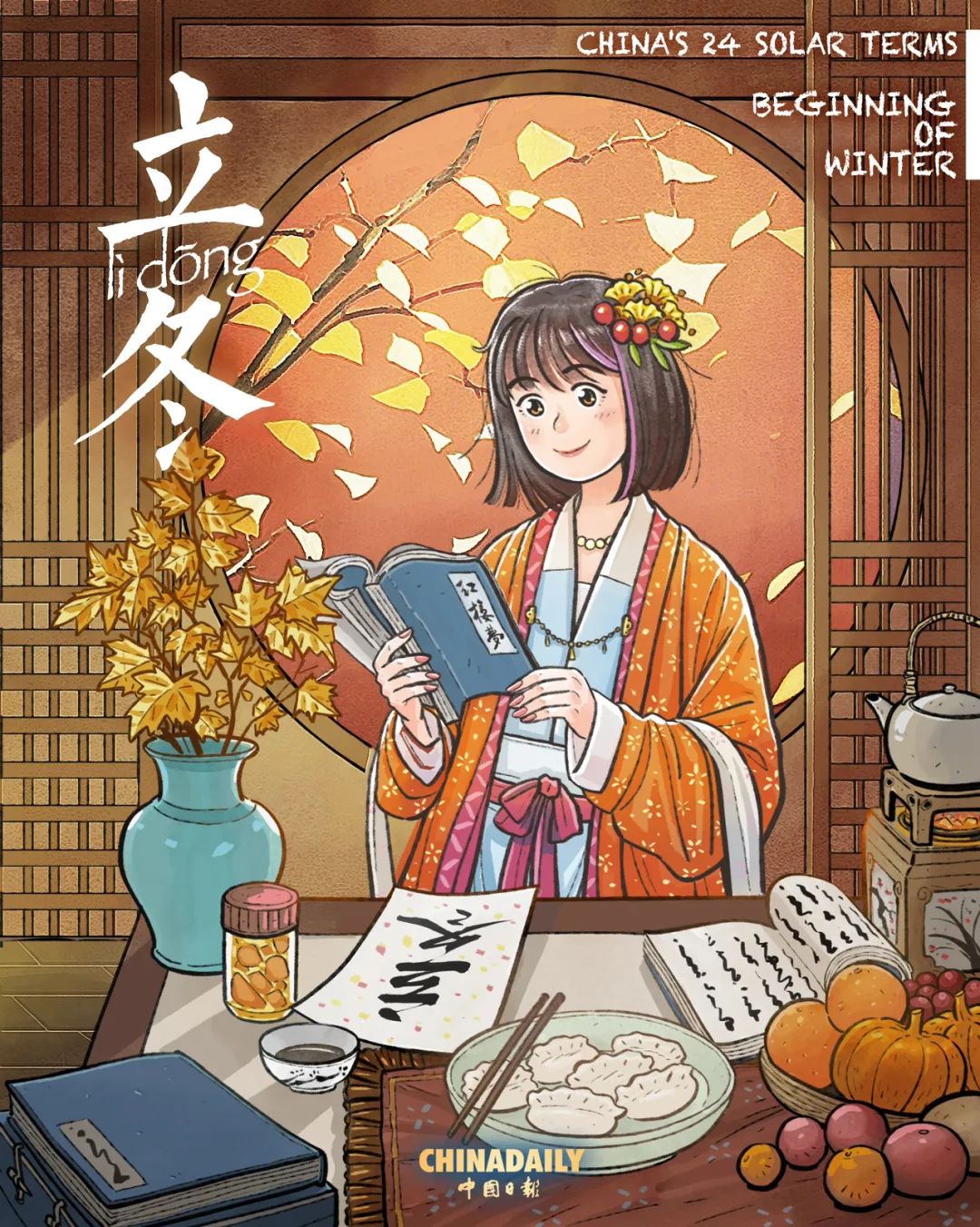
中国传统二十四节气的第19个节气是立冬,今年的立冬从11月7日开始,11月20日结束。立冬是冬季的第一个节气,意味着冬天来临,秋天收获的粮食应该储存起来了。一起来了解一下关于立冬的小常识。
立冬标志着冬季的开始?
在古代,中国人认为立冬节气代表着冬季的开始。事实上,从气象学上看,立冬这天不一定就是冬季的开始。每年的气候都不一样,因此冬季开始的时间也大不相同。中国的国土这么辽阔,各个地区的冬季也不是在同一时间来临。
In ancient times, the Chinese people took the Start of Winter to be the beginning of the winter. However in fact, the Start of Winter is not the beginning of winter in terms of meteorology. The climate every year is different, so the beginning of winter could be quite different. And with the vast territory of China, winter of every area doesn’t begin at the same time.
古人迎接冬天的方式
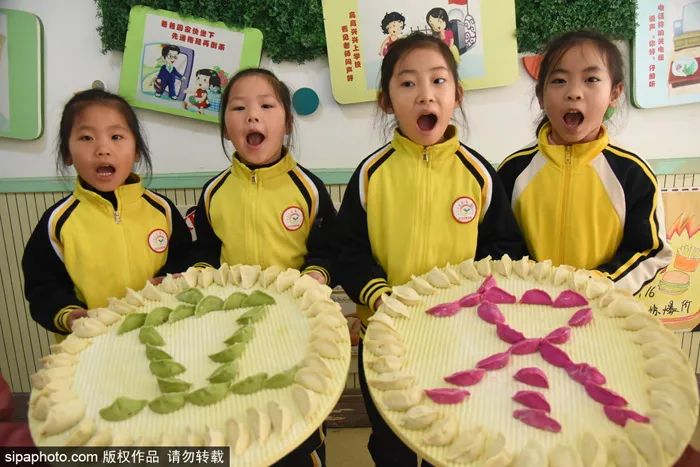
四季的开始在古代都是重要的节日。在立冬前,古代帝王会沐浴斋戒。立冬那天,皇帝会率领官员到郊区举办迎冬仪式。
The four beginnings of the seasons were important festivals in ancient times. Before the Start of Winter, the ancient emperor would take a shower and have no more meat. On that day, the emperor would lead his officials to the suburbs and perform the ceremony of "welcoming the winter."
吃饺子
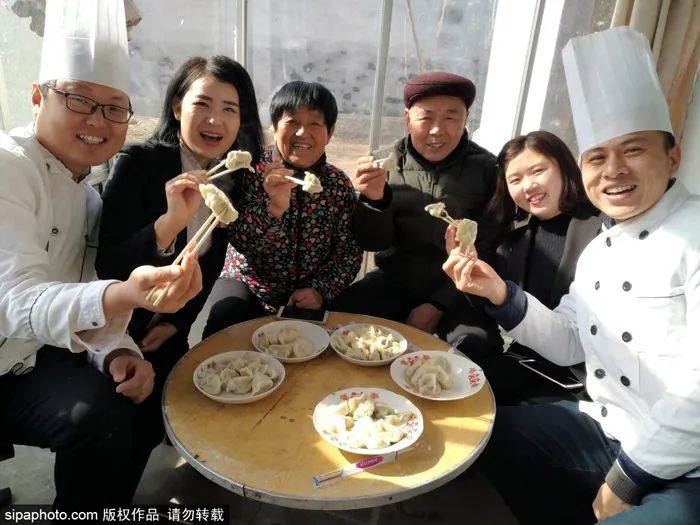
传说在东汉末年(公元25-220年),“医圣”张仲景在河南治好了很多伤寒病人,还让他们的耳朵在立冬之际免于生冻疮。
A legend has it that at the end of the Eastern Han Dynasty (AD25-220), "Medical Saint" Zhang Zhongjing saved many people in Henan province from a typhoid epidemic and their ears' from being frostbitten around Start of Winter.
张仲景的方法是用羊肉、辣椒和驱寒暖身的药草一起炖煮,煮熟后用面皮包成耳朵形状。从那以后,人们学会了制作这种食物,也就是后来俗称的“饺子”。时至今日仍然有“立冬不端饺子碗,冻掉耳朵没人管”的说法。
He cooked mutton, hot peppers and herbs to dispel the cold and increase body heat. He wrapped these ingredients into a dough skin and made them into an ear shape. Since then, people have learned to make the food which became known as "dumpling". Today there is still a saying that goes "Eat dumplings on Start of Winter Day, or your ears will be frostbitten".
“立冬补冬”
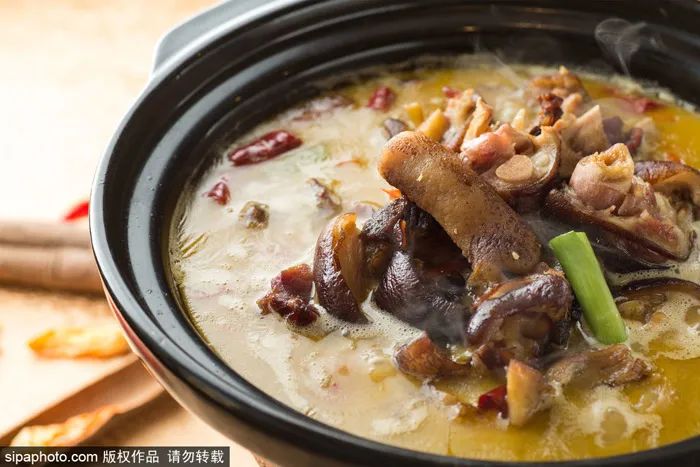
在立冬这天,中国东南部的一些地区,比如福建、广东、台湾省,都有“补冬”习俗。为了应对即将到来的寒冬,那里的人会吃鸡、鸭、牛、羊、鱼肉这样的高热量食物,而且通常都会加入当归、川芎、白芍、熟地黄这四味中药炖成“四物汤”来提高滋补效果。
On the first day of Start of Winter, there is a custom, "nourishing the winter", in Southeast China in places such as Fujian, Guangdong and Taiwan provinces. To prepare for the oncoming cold winter, people there like to eat high-calorie food such as chicken, duck, beef, mutton, and fish, which are usually stewed with the four Chinese medicines: angelica, ligusticum wallichii, Chinese herbaceous peony and rehmannia glutinosa libosch, to enhance the effectiveness of the nourishment.
吃倭瓜
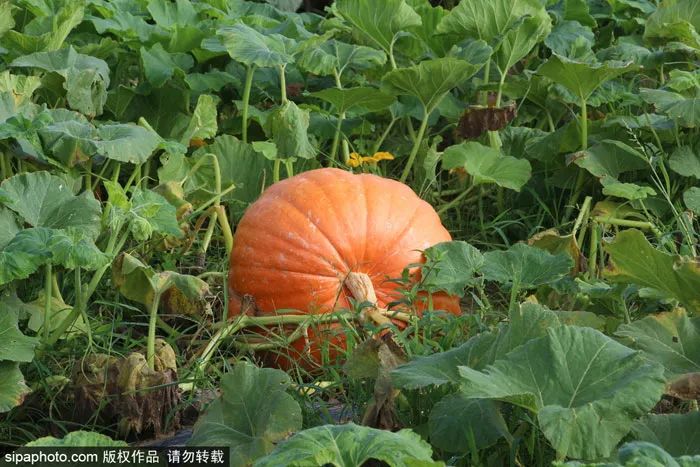
在天津,人们在立冬这天会吃倭瓜馅儿饺子。这是中国北方常见的一种蔬菜。一般倭瓜都是在夏季买的,储存到立冬时节再拿出来。
In Tianjin, on the first day of Start of Winter, people eat dumplings stuffed with Chinese pumpkins (wogua). It is a common vegetable in North China. Generally, the pumpkins are bought in the summer and stored until the Start of Winter when they are taken out.
无锡人冬至吃团子
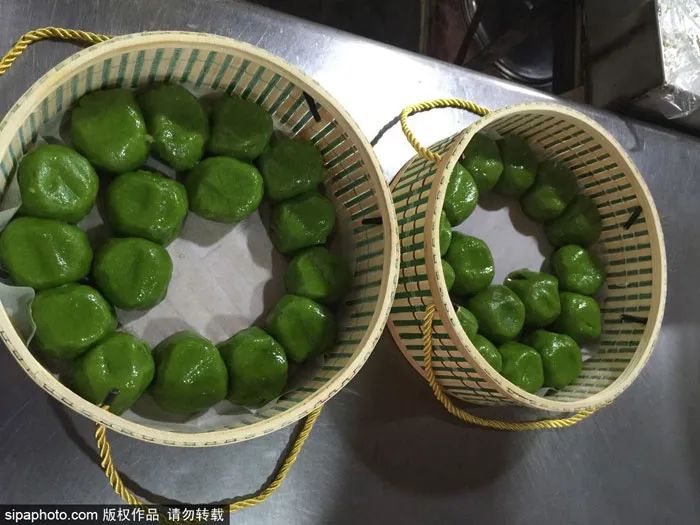
立冬节气的第一天,无锡人有吃团子的习俗。团子是一种用大米(糯米)制成的中国传统食物。大多数农村居民都是自己做团子,城里人则购买现成的团子。团子馅儿可以是甜豆沙、萝卜或猪油。
On the first day of Start of Winter, people in Wuxi have a custom of eating tuanzi, a kind of traditional Chinese food made with rice. Most rural residents make tuanzi by themselves, while urban residents buy ready-made tuanzi. The tuanzi stuffing can be sweet bean paste, radish or lard.
祭祀祖先
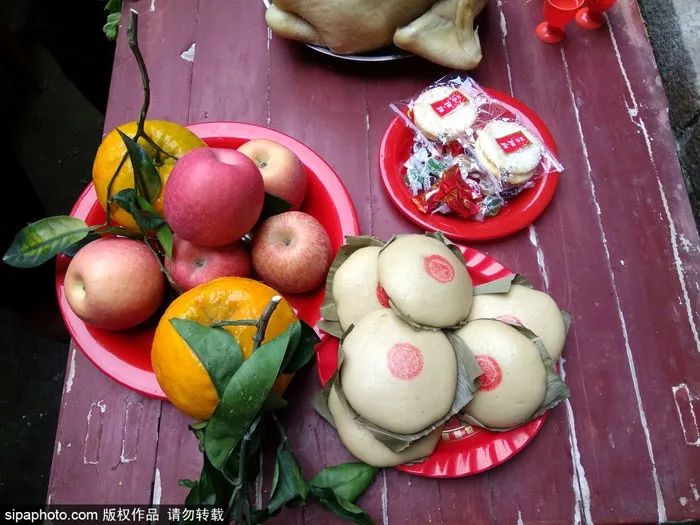
到了立冬,秋粮一入库,辽宁本溪满族八旗和汉军八旗人家就开始过节,燃香祭祖。八旗指的是清朝(1644-1911年)满族的行政区划或军队编制。
The Start of Winter, when the autumn crops have been placed in storage, was the time of the festival for the people of the Manchu Eight Banners and Han Eight Banners in Benxi of Liaoning province. Incense was burned and sacrifices offered to ancestors. The Eight Banners (baqi) were administrative/military divisions during the Qing Dynasty (1644-1911).
来源:中国日报网英语点津(陈丹妮)
编辑:董静
审核:富文佳 王旭泉 韩丰
推荐 阅读
更多精彩请关注:中国日报网微信公众号